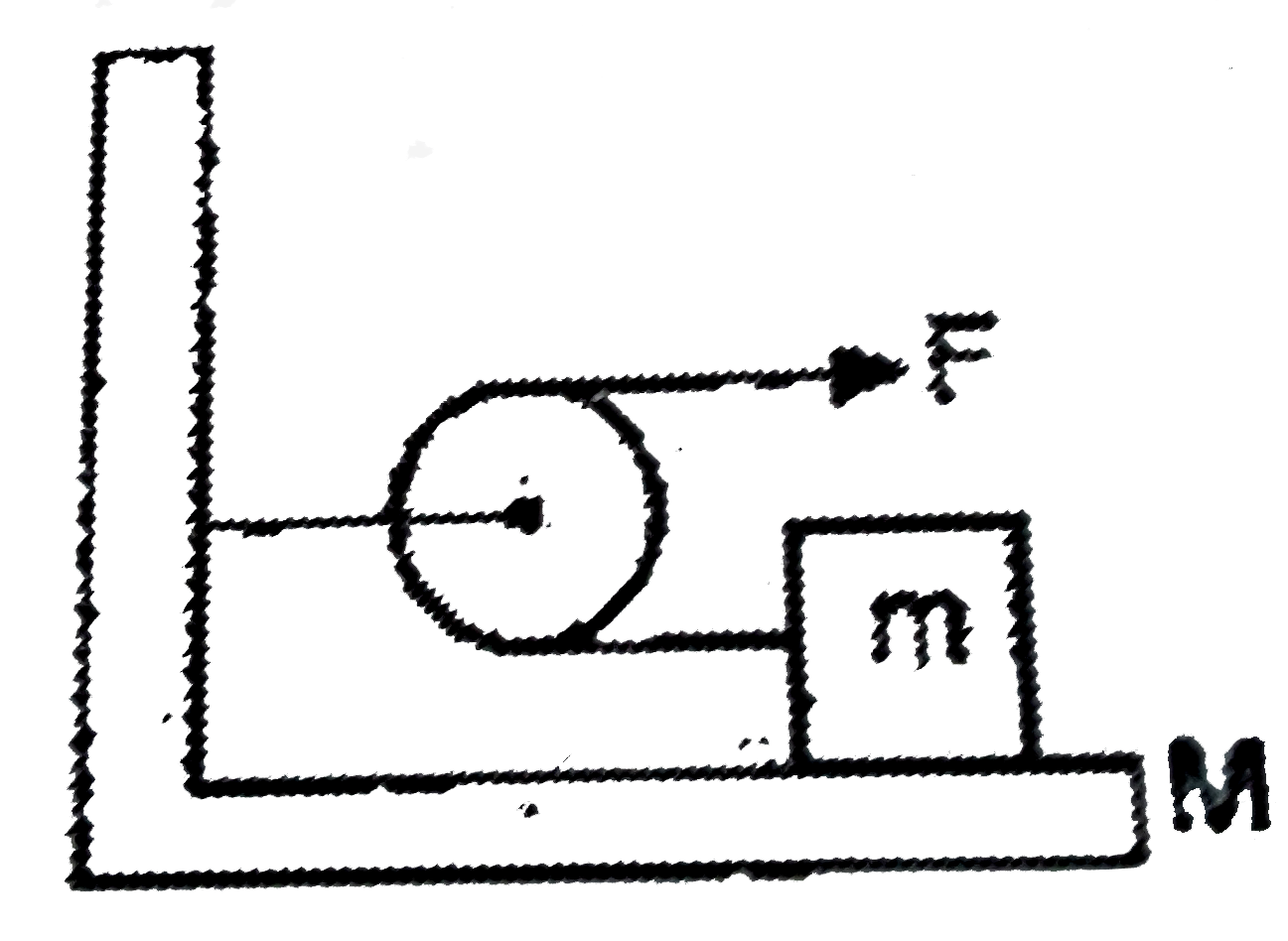Types of Brackets
Step-by-Step Text Solution: Types of Brackets
1. Introduction to Brackets:
- Brackets are symbols used in mathematics and writing to group parts of expressions or sentences. They help clarify the order of operations or the structure of a sentence.
2. Types of Brackets:
- There are three main types of brackets that we commonly use:
1. Parenthesis Brackets ( ):
- These are the round brackets that we often use in mathematical expressions. They indicate that the operations inside them should be performed first.
2. Curly Brackets { }:
- Also known as braces, these are used in set notation or to group multiple elements together.
3. Square Brackets ( ):
- These brackets are often used in mathematical contexts to denote intervals or to clarify expressions that already contain parentheses.
3. Function of Brackets:
- Each type of bracket serves to indicate the beginning and end of a grouping. The opening bracket shows where the grouping starts, and the closing bracket shows where it ends. This is crucial in mathematical expressions to ensure the correct order of operations.
4. Conclusion:
- Understanding the types of brackets and their uses is important for solving mathematical problems accurately. In the next lesson, we will explore how brackets are used in the distributive law.
---
- Brackets are symbols used in mathematics and writing to group parts of expressions or sentences. They help clarify the order of operations or the structure of a sentence.
- There are three main types of brackets that we commonly use:
1. Parenthesis Brackets ( ):
- These are the round brackets that we often use in mathematical expressions. They indicate that the operations inside them should be performed first.
2. Curly Brackets { }:
- Also known as braces, these are used in set notation or to group multiple elements together.
3. Square Brackets ( ):
- These brackets are often used in mathematical contexts to denote intervals or to clarify expressions that already contain parentheses.
- Each type of bracket serves to indicate the beginning and end of a grouping. The opening bracket shows where the grouping starts, and the closing bracket shows where it ends. This is crucial in mathematical expressions to ensure the correct order of operations.
- Understanding the types of brackets and their uses is important for solving mathematical problems accurately. In the next lesson, we will explore how brackets are used in the distributive law.
Similar Questions
Knowledge Check
- Question 1 - Select One
Select the correct order for the property given in brackets.
AF+(g)<Cl+(g):(EAorder)BF+(g)<Cl+(g):(∣∣ΔHeg∣∣order)CO(g)<S(g):(∣∣ΔHeg∣∣order)DS2−(g)<Cl−(g),(IEorder) - Question 2 - Select One
Select the correct order for the property given in brackets.
AF+(g)<Cl+(g):(EAorder)BF+(g)<Cl+(g):(∣∣ΔHeg∣∣order)CO(g)<S(g):(∣∣ΔHeg∣∣order)DS2−(g)<Cl−(g),(IEorder) - Question 3 - Select One
Select the correct order for the property given in brackets.
AF+(g)<Cl+(g):(EAorder)BF+(g)<Cl+(g):(∣∣ΔHeg∣∣order)CO(g)<S(g):(∣∣ΔHeg∣∣order)DS2−(g)<Cl−(g),(IEorder)
A block of mass m rests on a bracket of mass M. The coefficients of friction between block and bracket are μs and μk . The bracket rests on a frictionless surface. What is the maximum force F that can be applied if the block is not to slide on the bracket?
 View Solution
View SolutionThe spatial arrangement of the ligands attached to the central metal atom is called
View SolutionBy using brackets, solve the following :
32×104View SolutionBy using brackets, solve the following :
92×48View SolutionFill in the blanks with suitable forms of Adjectives given in the brackets:
He is too ...... to do this type of work. (lazy)View Solution

